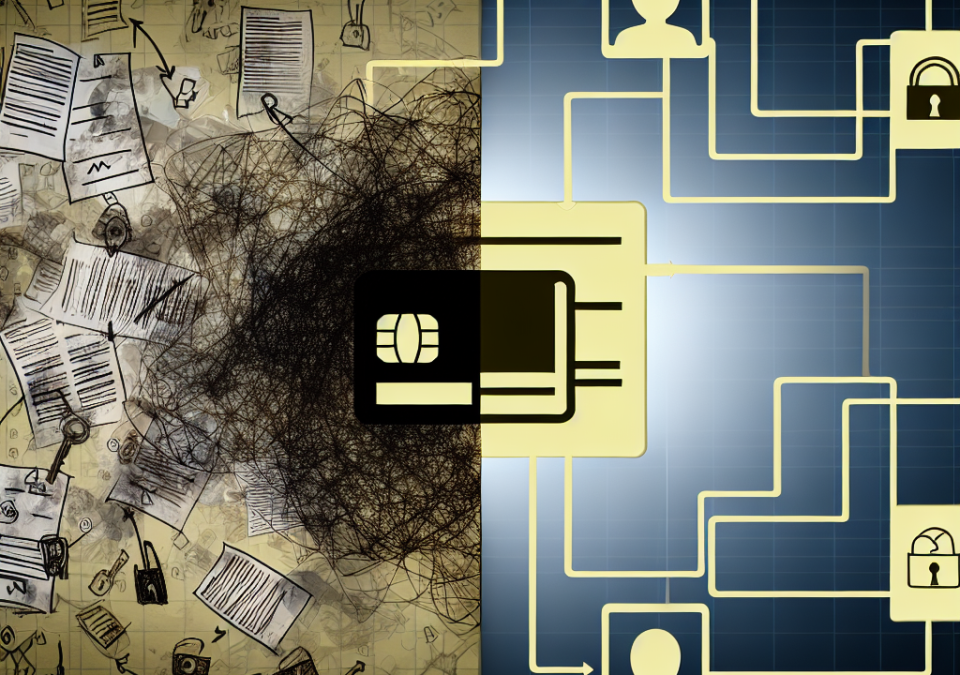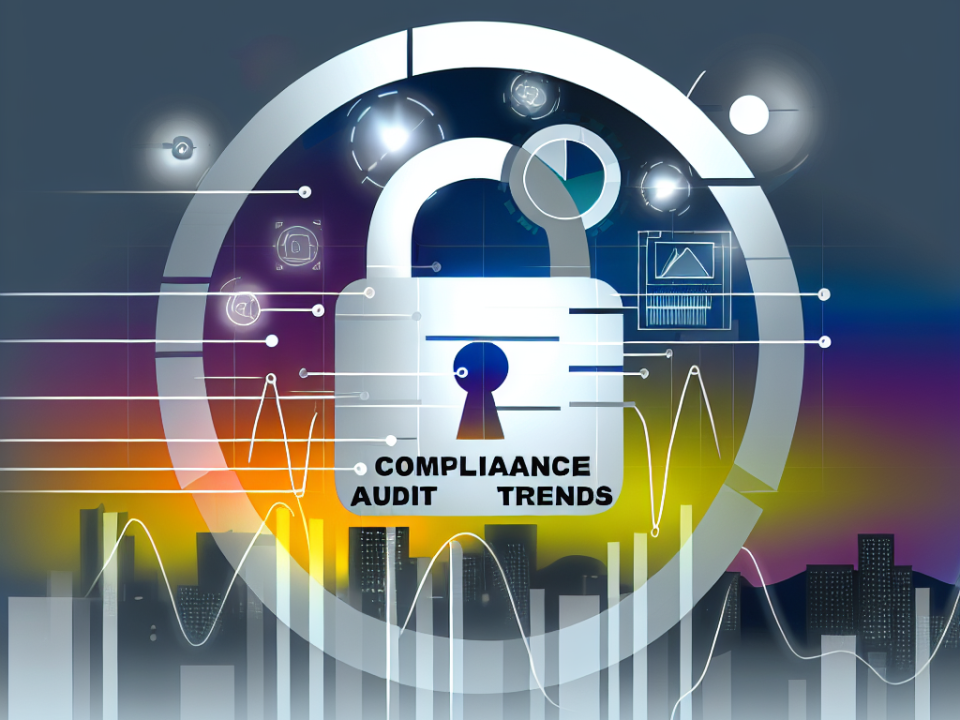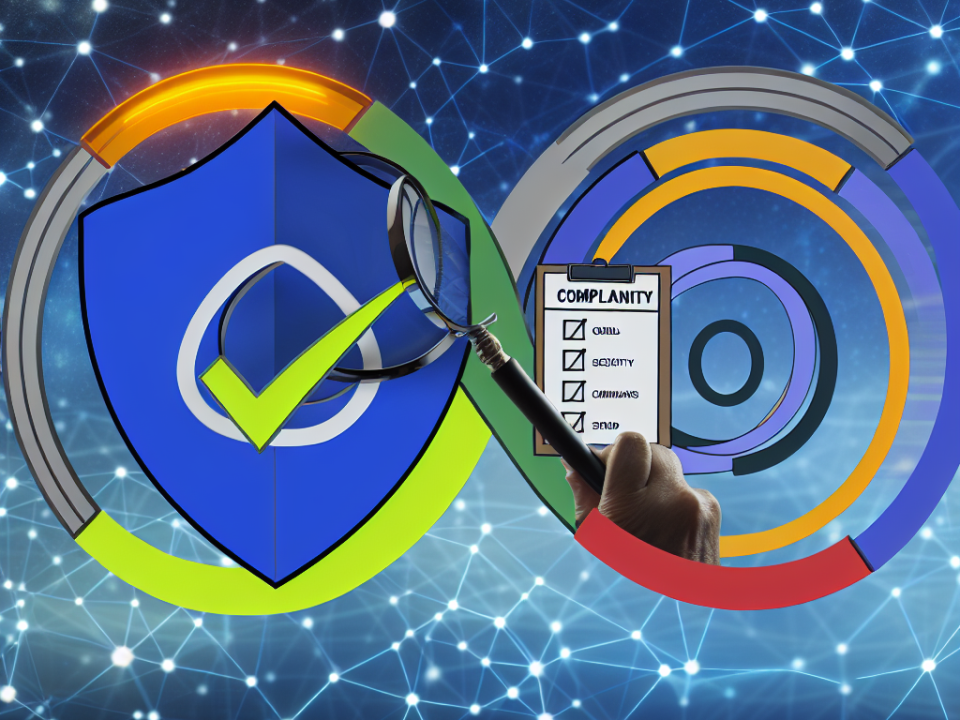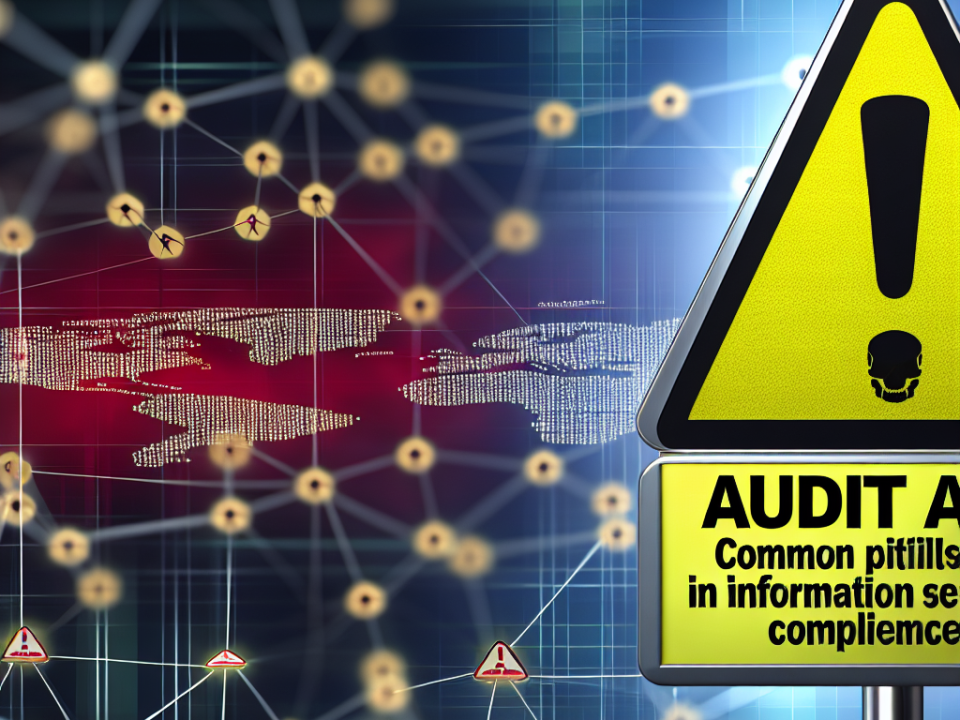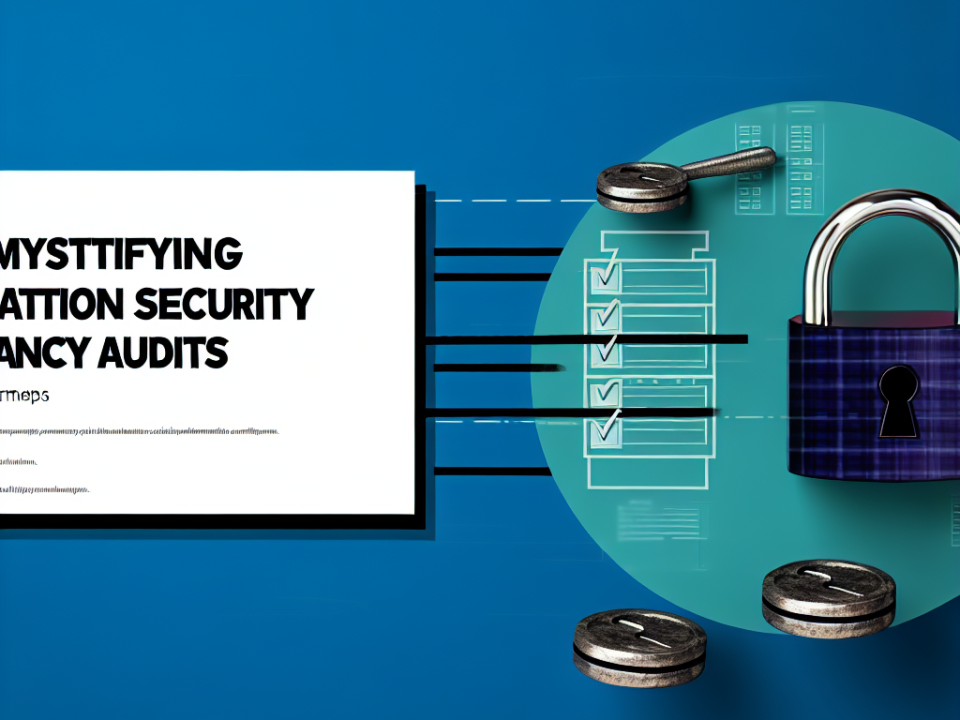
From Data to Defense: The Role of SIEM in Modern Cybersecurity Strategies
June 23, 2025
Unpacking SIEM: Essential Features That Safeguard Your Network
June 24, 2025
In today’s rapidly evolving digital landscape, organizations face an unprecedented onslaught of security threats. Cyberattacks are becoming increasingly sophisticated, and regulatory requirements are tightening as governments and industries strive to protect sensitive information. In this environment, achieving security compliance can often feel like navigating a labyrinth of complex regulations and technologies. However, one of the most effective ways to streamline this process is through robust identity practices. By transforming the chaos of compliance into clarity, organizations can achieve peace of mind while enhancing their overall security posture.
The Challenge of Security Compliance
Security compliance involves adhering to a set of regulations and standards designed to protect data integrity, confidentiality, and availability. Common frameworks include the General Data Protection Regulation (GDPR), the Health Insurance Portability and Accountability Act (HIPAA), and the Payment Card Industry Data Security Standard (PCI DSS). Each of these mandates comes with specific requirements that can be laborious to implement and monitor.
The main challenges include:
-
Complexity of Requirements: Compliance standards are often intricate and vary by industry, making it difficult for organizations to understand their obligations fully.
-
Dynamic Landscape: Cyber threats evolve rapidly, outpacing many compliance measures. Regular updates to existing regulations can pile on additional tasks for compliance teams.
-
Resource Constraints: Many organizations struggle with limited resources — both personnel and funding — dedicated to achieving and maintaining compliance.
- Lack of Integration: A disjointed approach to security and compliance can lead to gaps that expose organizations to risks and regulatory penalties.
The Role of Identity Practices
Robust identity practices are a cornerstone of effective security compliance. These practices encompass a wide range of policies and technologies designed to manage user identities securely, ensuring that only authorized individuals have access to sensitive data and systems.
Key Identity Practices for Compliance
-
Identity Governance: Implementing a comprehensive identity governance framework helps organizations manage user access rights systematically. Leveraging tools such as role-based access control (RBAC) and policy-driven access management ensures that users have the right level of access without unnecessary privileges.
-
Multi-Factor Authentication (MFA): Incorporating MFA adds an extra layer of security to identity verification processes. By requiring something the user knows (a password) along with something the user has (a smartphone app or hardware token), organizations can reduce the risk of unauthorized access.
-
Regular Audits and Monitoring: Continuous monitoring and regular audits of user access rights can uncover potential security vulnerabilities and ensure compliance with regulatory requirements. Automated reporting tools can provide insights into who accessed what data and when, aiding in compliance reporting.
-
User Lifecycle Management: Streamlining the process of onboarding, modifying, and offboarding users helps maintain control over employee access to systems. Automating these processes can reduce human error and ensure that access permissions are updated in real-time to reflect personnel changes.
- Education and Training: Continually educating employees about identity security best practices is vital. Regular training programs can help employees recognize phishing attempts and understand the importance of robust password policies, fostering a culture of security awareness.
From Chaos to Clarity
Implementing robust identity practices provides a clear pathway to not only meet but exceed security compliance standards. By fostering a culture of security awareness and employing cutting-edge technologies, organizations can transform the chaotic endeavor of compliance into a clear and manageable process.
Benefits of Robust Identity Practices
- Mitigated Risks: Reducing the attack surface minimizes the likelihood of data breaches and ensures ongoing regulatory compliance.
- Operational Efficiency: Streamlined identity processes save time and resources, allowing organizations to focus on core business functions.
- Adaptability: Organizations can more readily adapt to new compliance requirements as they emerge, ensuring ongoing resilience in the face of evolving threats.
Conclusion
In a world where cyber threats loom large and compliance demands become ever more stringent, organizations must prioritize robust identity practices to streamline their security compliance processes. Doing so not only reduces chaos but also enhances overall organizational resilience. By transforming compliance from a daunting challenge into a streamlined, manageable practice, organizations can focus on innovation and growth while staying secure and compliant in the digital age.

